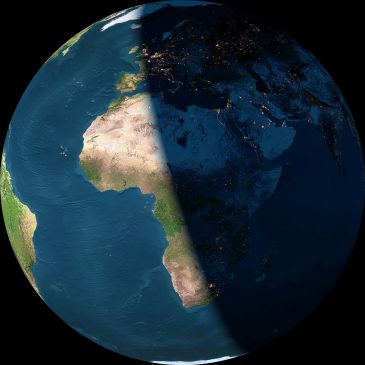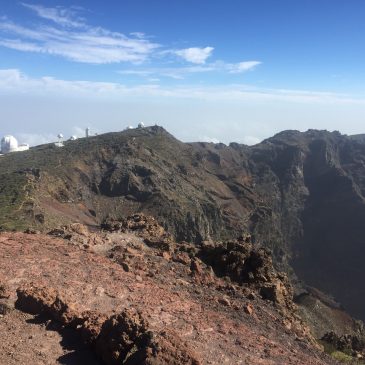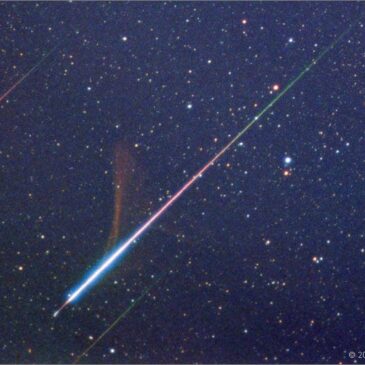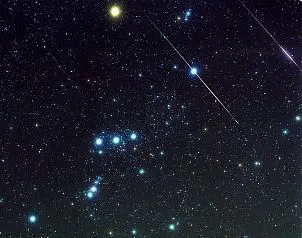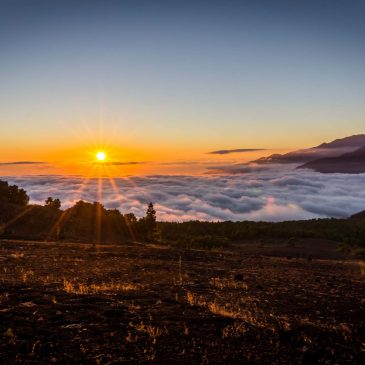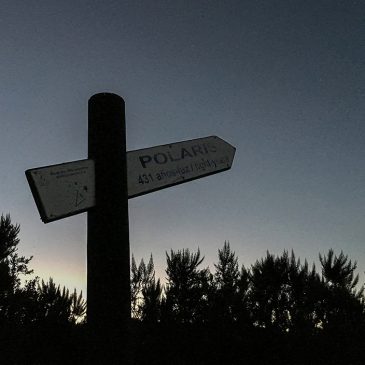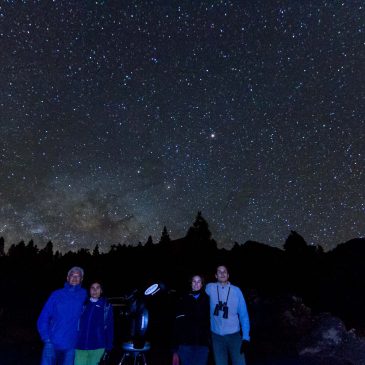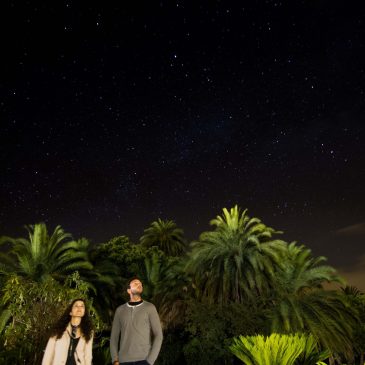Lyrids meteor shower 2017
The Lyrids are a strong meteor shower lasting from April 17 to April 26 each year. Their peak this year is around April 22 with a rate of 18 meteors per hour (sometimes the rate can reach 100 meteors per hour) and an average velocity of 49 km/s. The radiant of Lyrids is located close to Vega, the brightest star of the constellation Lyra. The source of the meteor shower is particles of dust shed by the long-period Comet Thatcher (C/1861 G1). … Read More



